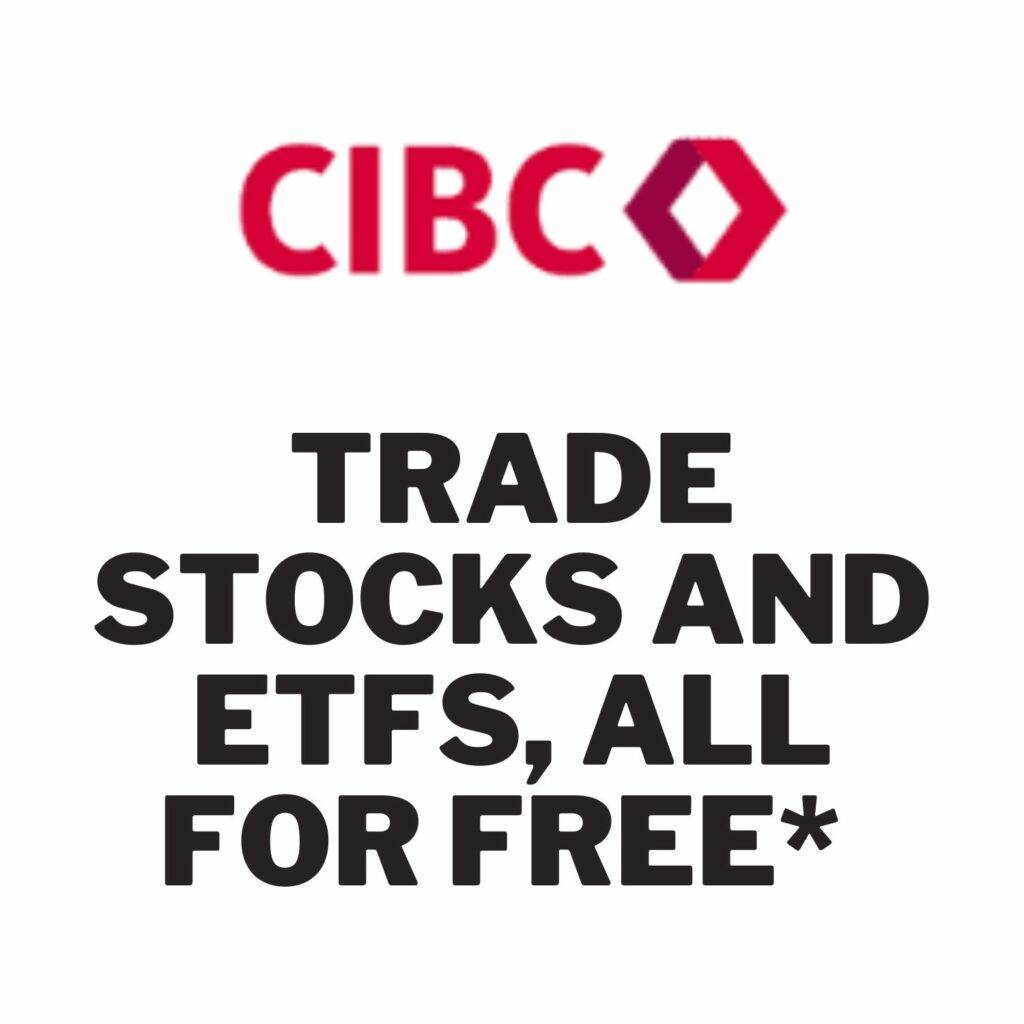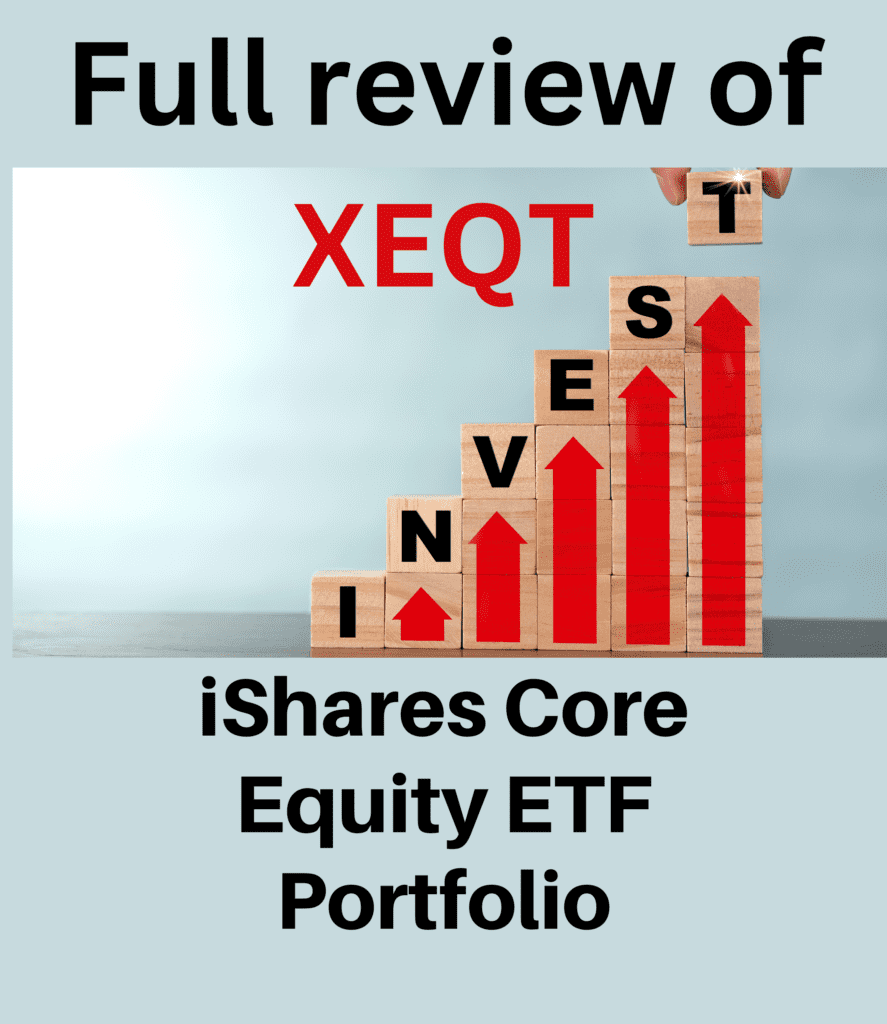or investors who lack the time to track and analyze the market, an all-in-one ETF like XEQT (iShares Core Equity ETF Portfolio) is an excellent choice. Here’s why XEQT stands out:
Simplified Diversification
XEQT provides instant diversification by combining multiple asset classes into a single fund. This ETF offers exposure to a diversified mix of global equities, ensuring that investors gain balanced market exposure without the need to select and manage each component individually.
Passive Management and Low Costs
XEQT is passively managed, meaning it follows a predefined index. This approach reduces management fees compared to actively managed funds, thereby increasing net returns for investors. Additionally, choosing XEQT helps investors avoid the costs associated with buying and selling multiple individual funds.
Automatic Rebalancing
XEQT automatically rebalances its portfolio to maintain target asset allocations. This ensures that the portfolio remains aligned with the investor’s risk and return objectives without requiring constant oversight. For busy investors, this is a significant advantage, as they can stay optimally invested without daily market monitoring.
Accessibility and Simplicity
XEQT simplifies the investment process significantly. With a single purchase, investors obtain a comprehensive portfolio solution. This simplicity is particularly appealing for new investors or those who prefer a “set it and forget it” approach while aiming to optimize long-term returns.
In this review, we will delve deeper into the features, benefits, and performance of XEQT, exploring why it might be the right choice for your investment portfolio.
XEQT Objective
The primary objective of XEQT ETF is to provide investors with exposure to a globally diversified portfolio of equity securities. The fund’s holdings are spread across various countries and industries, providing investors with a broad-based exposure to the global equity markets. XEQT invests in a range of equity securities, including large-cap, mid-cap, and small-cap stocks, providing investors with exposure to different market segments. This diversification can help to reduce volatility in the portfolio and improve long-term returns.

Why All-in-one ETFs are so popular?
All-in-one ETFs have gained popularity among Canadian investors in recent years, and for good reason. These ETFs provide Canadian investors with a simple and easy way to invest in a diversified portfolio of assets without the need to spend time and effort researching and selecting individual securities.
One of the primary benefits of all-in-one ETFs for Canadian investors is convenience. With one-ticket ETFs, investors can access a diversified portfolio of assets with just one investment, making it easy to build a well-rounded investment portfolio. This convenience is particularly attractive for Canadian investors who may not have the time, expertise, or resources to actively manage their investments.
Another key advantage of all-in-one ETFs for Canadian investors is low cost. These ETFs typically have low management fees compared to traditional mutual funds, which means that investors can keep more of their returns and achieve their investment goals more quickly. This is especially important for Canadian investors who are looking to maximize their returns while minimizing their costs.
Diversification is also a critical benefit of all-in-one ETFs for Canadian investors. By holding a mix of stocks, bonds, and other securities, these ETFs can help to reduce risk and volatility in a Canadian investor’s portfolio. This diversification can help investors achieve a balance between risk and return that is appropriate for their investment objectives and risk tolerance, which is particularly important in today’s volatile market environment.
XEQT Stock Profile
Updated daily
XEQT Stock 52 weeks high and low

Performance comparison with similar ETFs
XEQT vs Robo-advisors
Comparison with Robo-Advisors XEQT ETF can be seen as an alternative to robo-advisors, which are automated investment platforms that use algorithms to build and manage investment portfolios for clients. While both XEQT and robo-advisors aim to provide investors with low-cost, diversified investment options, there are some key differences between the two.
One of the main differences between XEQT and robo-advisors is the level of customization available to investors. Robo-advisors typically offer investors a range of pre-built portfolios that are designed to meet different risk profiles and investment objectives. While investors can choose from these pre-built portfolios, they generally have less control over the specific investments held in their portfolio.
In contrast, XEQT ETF provides investors with exposure to a broad-based portfolio of global equity securities. While investors do not have control over the specific holdings in the fund, they benefit from the diversification provided by the fund’s holdings across different countries and industries.
Another key difference between XEQT and robo-advisors is the level of fees charged. While XEQT ETF charges a low management fee of 0.20%, robo-advisors typically charge higher fees, ranging from 0.25% to 0.50% or more. While the fees charged by robo-advisors may include additional services such as financial planning and portfolio rebalancing, they can significantly impact long-term investment returns.
XEQT vs VEQT
Regarding net assets, VEQT has a higher net asset value than XEQT, which indicates that VEQT has more assets under management than XEQT. This can potentially result in greater liquidity and lower trading costs for investors who choose to invest in VEQT.
Both XEQT and VEQT have similar historical performance, with XEQT having a slightly higher YTD return and similar 3-year average return compared to VEQT.
| XEQT | Fund |
|---|---|
| United States | 43.79 |
| Canada | 24.00 |
| Japan | 5.88 |
| United Kingdom | 3.75 |
| France | 2.75 |
| Switzerland | 2.53 |
| Australia | 2.08 |
| Germany | 2.02 |
| China | 1.72 |
| Netherlands | 1.20 |
| VEQT | Fund |
|---|---|
| United States of America | 42.5% |
| Canada | 30.2% |
| Japan | 4.5% |
| United Kingdom | 3.1% |
| China | 2.5% |
When it comes to geographic allocation, both XEQT and VEQT have significant exposure to the US and Canada, but XEQT has a higher allocation to the US than VEQT. Additionally, XEQT has more exposure to Japan, the UK, and Europe compared to VEQT, while VEQT has a higher allocation to China. The difference in geographic allocation may be important for investors who have specific investment objectives or concerns about particular regions.
Finally, when looking at holdings, both XEQT and VEQT have similar numbers of holdings and offer similar dividend yields. However, there are some differences in the specific holdings and weightings of those holdings. XEQT has a higher weighting in US total market index and a lower weighting in Canadian holdings, while VEQT has a higher weighting in Canadian holdings and a lower weighting in US holdings.

